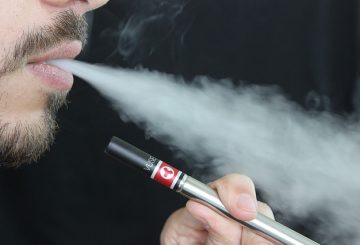ニュージーランド商務・消費者問題担当大臣のアンドリュー・ベイリーは、セリーヌ・インダストリーズ社に強制リコール通知を発行しました。同社は、2018年6月16日以降に輸入、販売、または設置されたすべてのセリーヌS2068バスルームヒーターをリコールする必要があります。
この措置は、これらのヒーターの他のサプライヤーが自主的にリコールを行ったことに続くものです。リコールは、WorkSafeの調査により、過熱のリスクを含むヒーターの安全上の懸念が判明した後に開始されました。
ビジネス・イノベーション・雇用省(MBIE)は、これらのヒーターの既知のサプライヤーすべてに連絡を取りました。Serene Industries Ltdを除き、すべてのメーカーがS2068ヒーターの自主回収を開始しており、同社は自主回収を行っておらず、ニュージーランドでの操業も停止しています。
企業が安全でない商品を販売し、自主回収を開始しなかった場合、強制回収命令が出されます。この命令は、これらのヒーターのいずれかを購入または売却したすべての人にリコールについて確実に知らせるためのものです。
3月、一部のS2068バスルームヒーターシリーズがリコールされました。その後、リコール対象は 2018 年 6 月 16 日以降に輸入、販売、または設置されたすべての S2068 浴室ヒーターを含むように拡大されました。
WorkSafeが4月に販売を禁止した一部のS2069およびS207Tモデルについても、さらに自主回収が行われました。
MBIEのビジネススペシャリスト、イアン・キャプリン氏は、ニュージーランドのサプライヤーと小売業者には安全な製品を消費者に提供する責任があると説明しました。製品に欠陥があることが判明した場合、解決策を提示する必要があります。
2024年5月10日の時点で、2018年6月16日以降、19社のニュージーランドのサプライヤー(セリーン・インダストリーズを除く)がS2068ヒーターを販売したことが確認されています。ただし、まだ特定されていないサプライヤーが他にもある可能性があります。
19社のサプライヤーすべてが、合計約35,000台のS2068ユニットを対象とした自主的な製品リコールを実施しました。
S2068ヒーターをお持ちのお客様には、使用を中止してプラグを抜き、購入した会社に連絡することをお勧めします。消費者保証法 (CGA) に基づく商品の返品、および安全な交換または返金については、まず S2068 モデルを購入した事業者に連絡する必要があります。
S2069およびS207Tヒーターについては、エナジーセーフティは使用ではなく販売を禁止しています。ただし、ニュージーランド人はヒーターを販売した小売店に連絡して、CGAに基づくオプションについて話し合うことはできます。
自主回収に関する詳細情報とサプライヤーに関する情報は、製品安全ウェブサイトをご覧ください。




















































-360x245.jpg)









